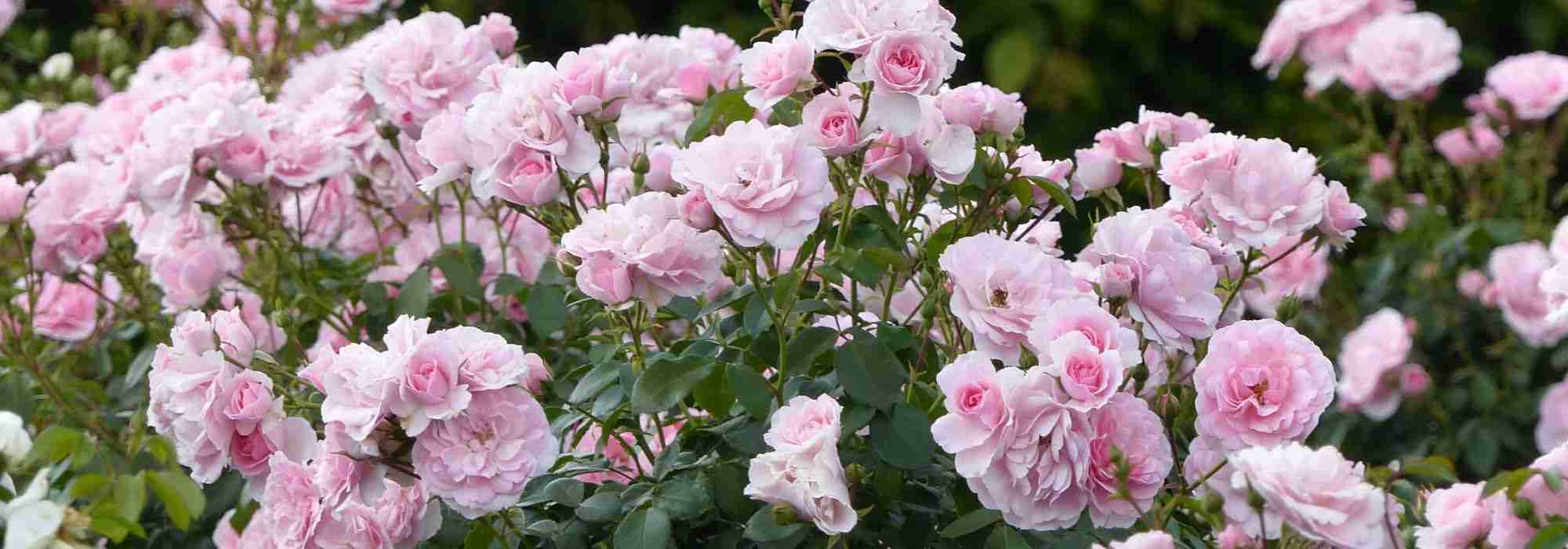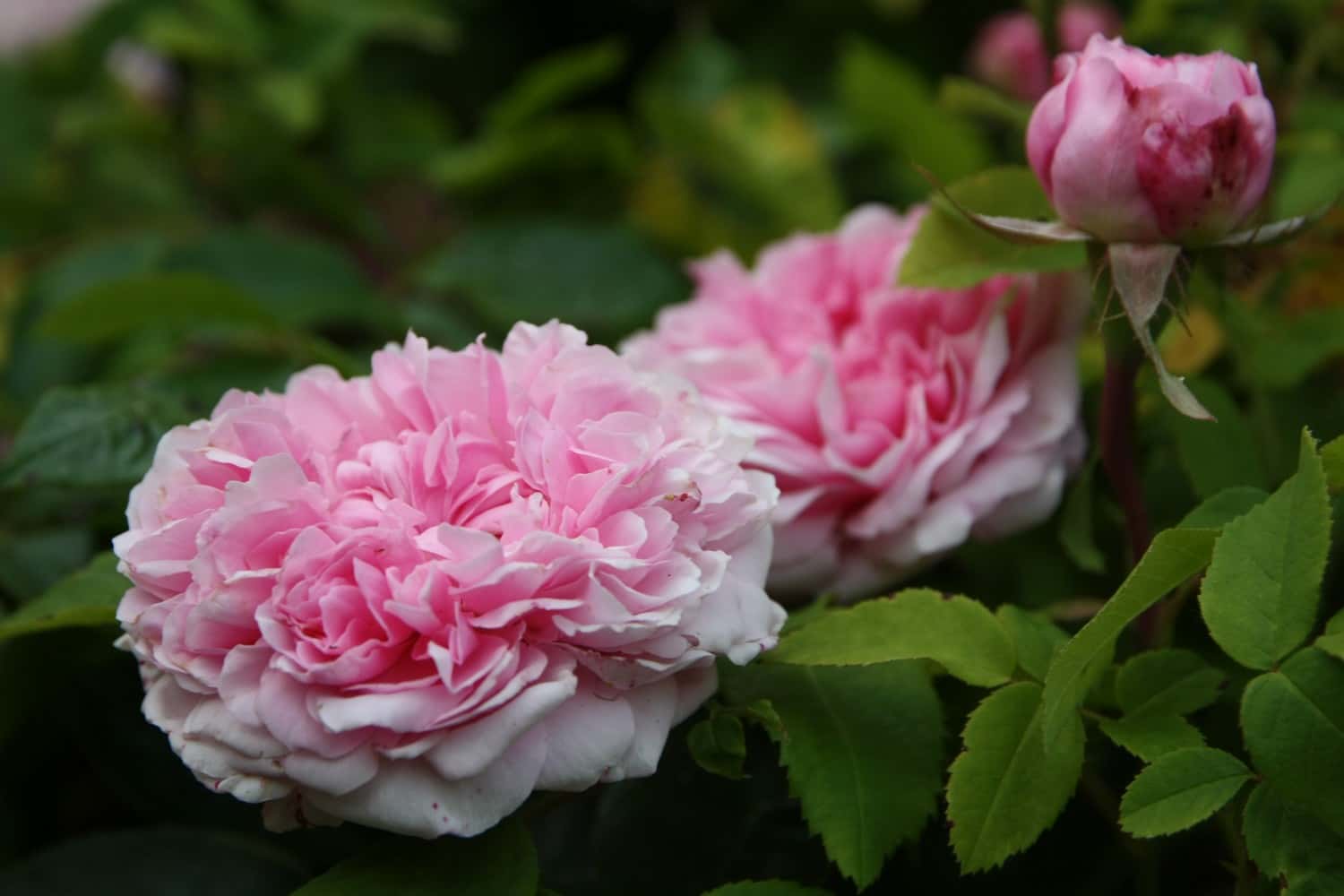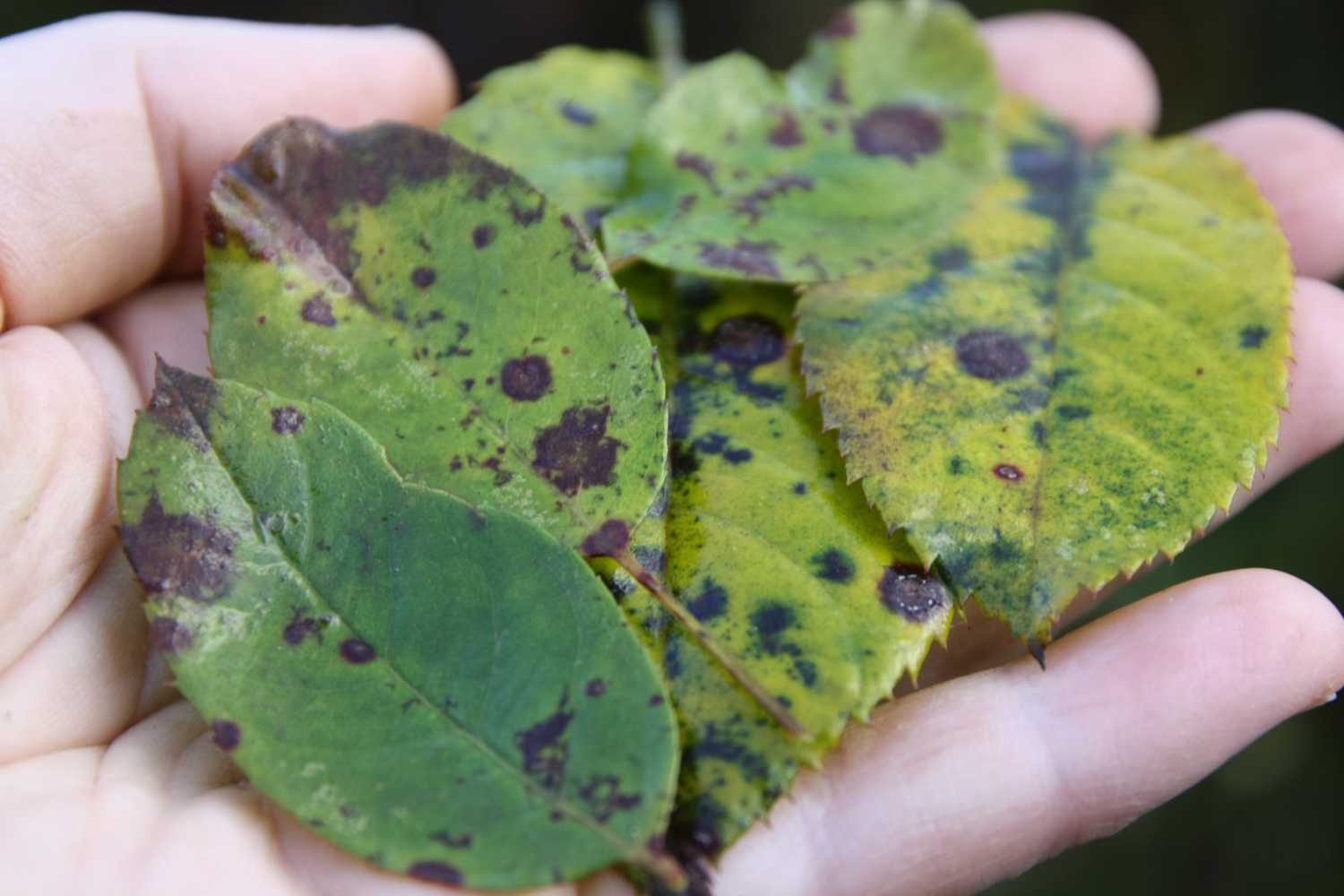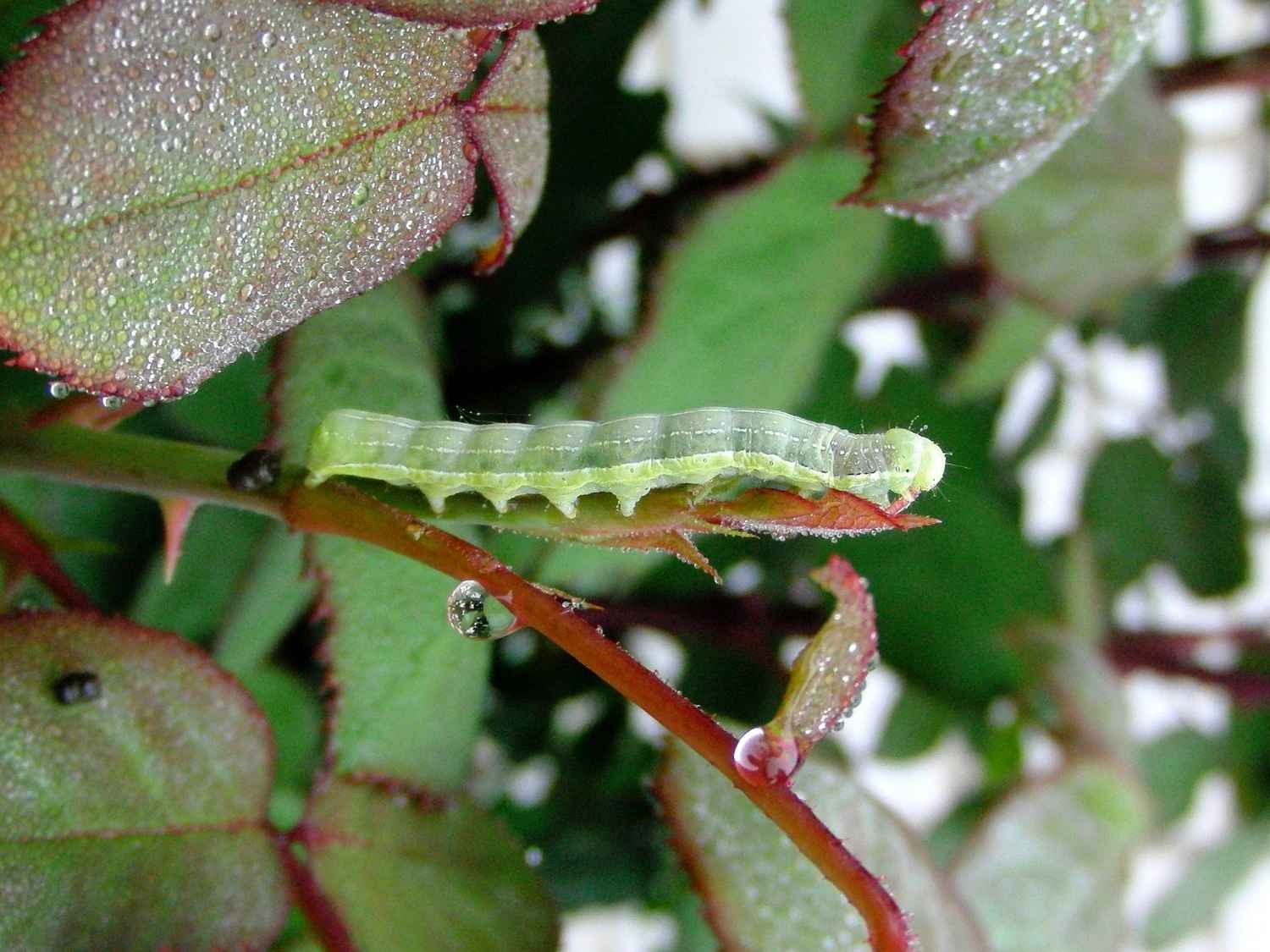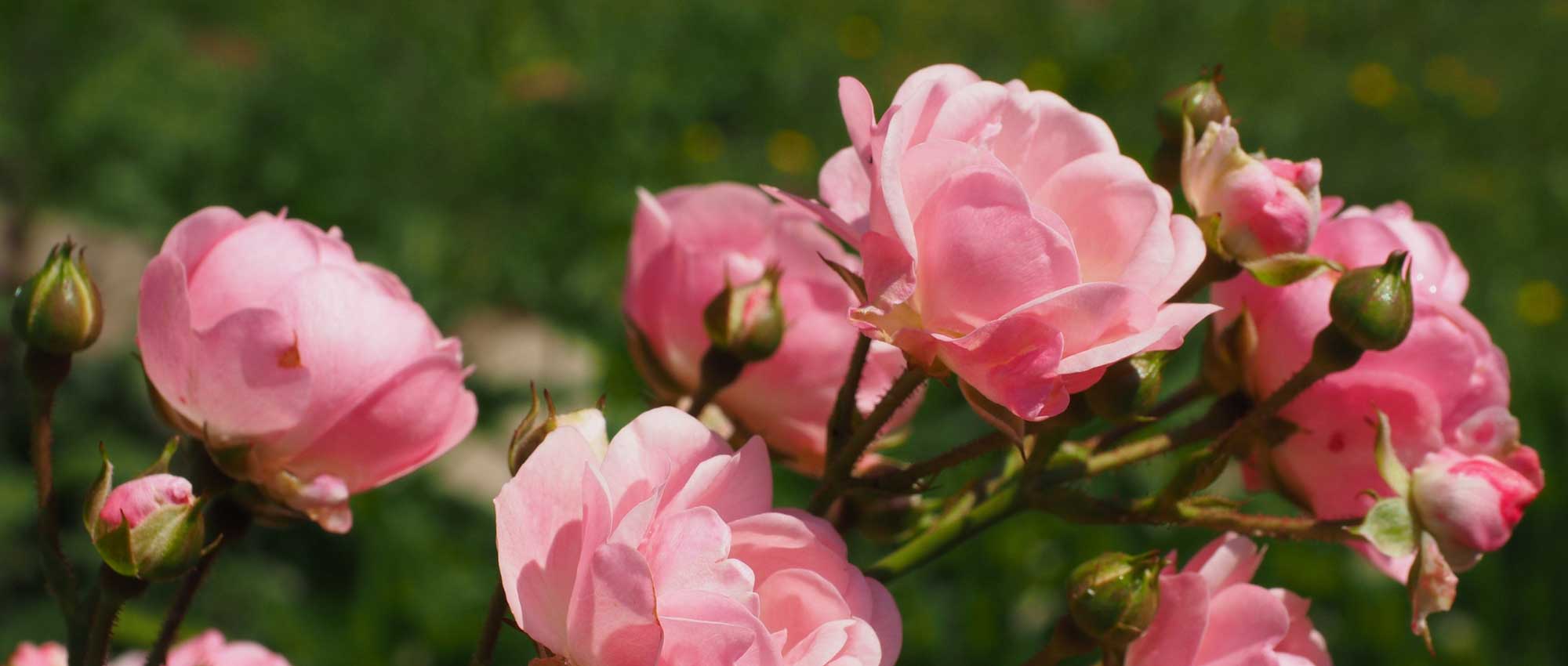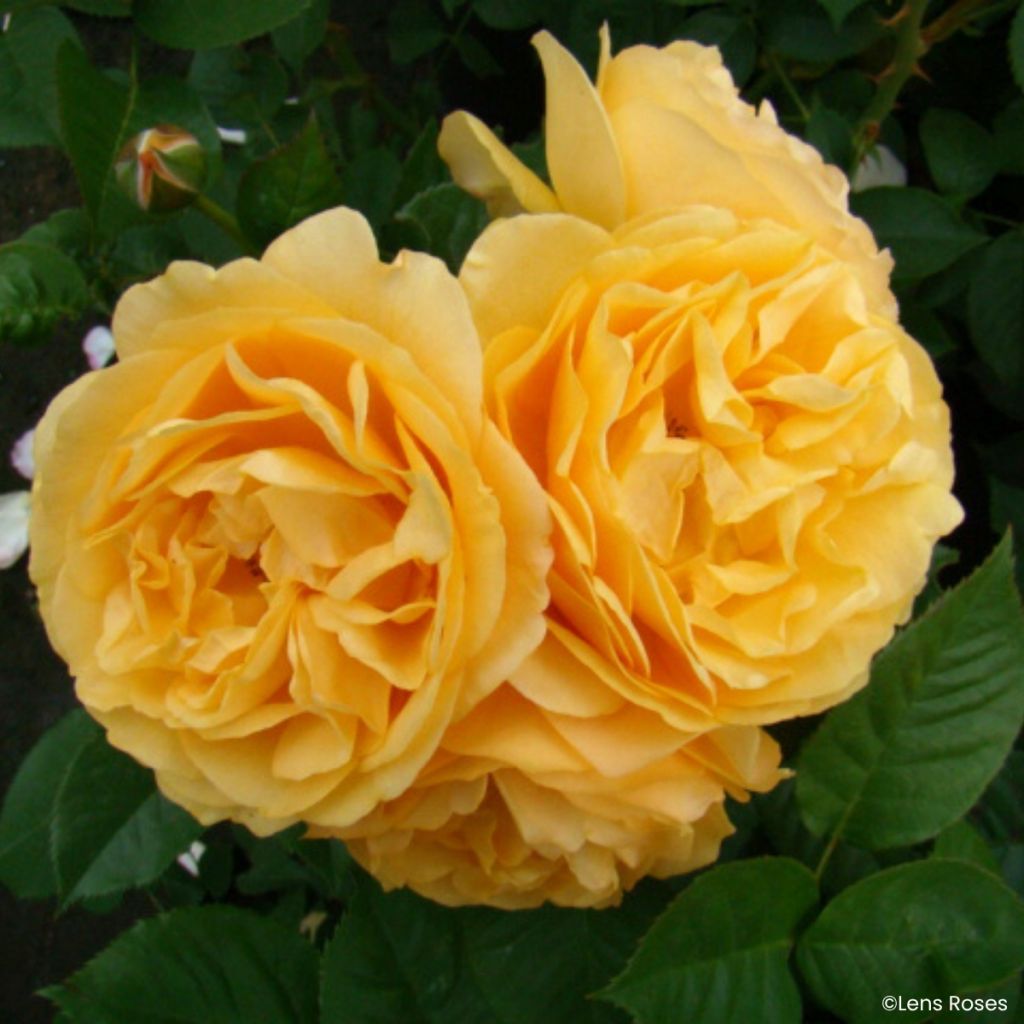

Rosa floribunda Absolutely Fabulous
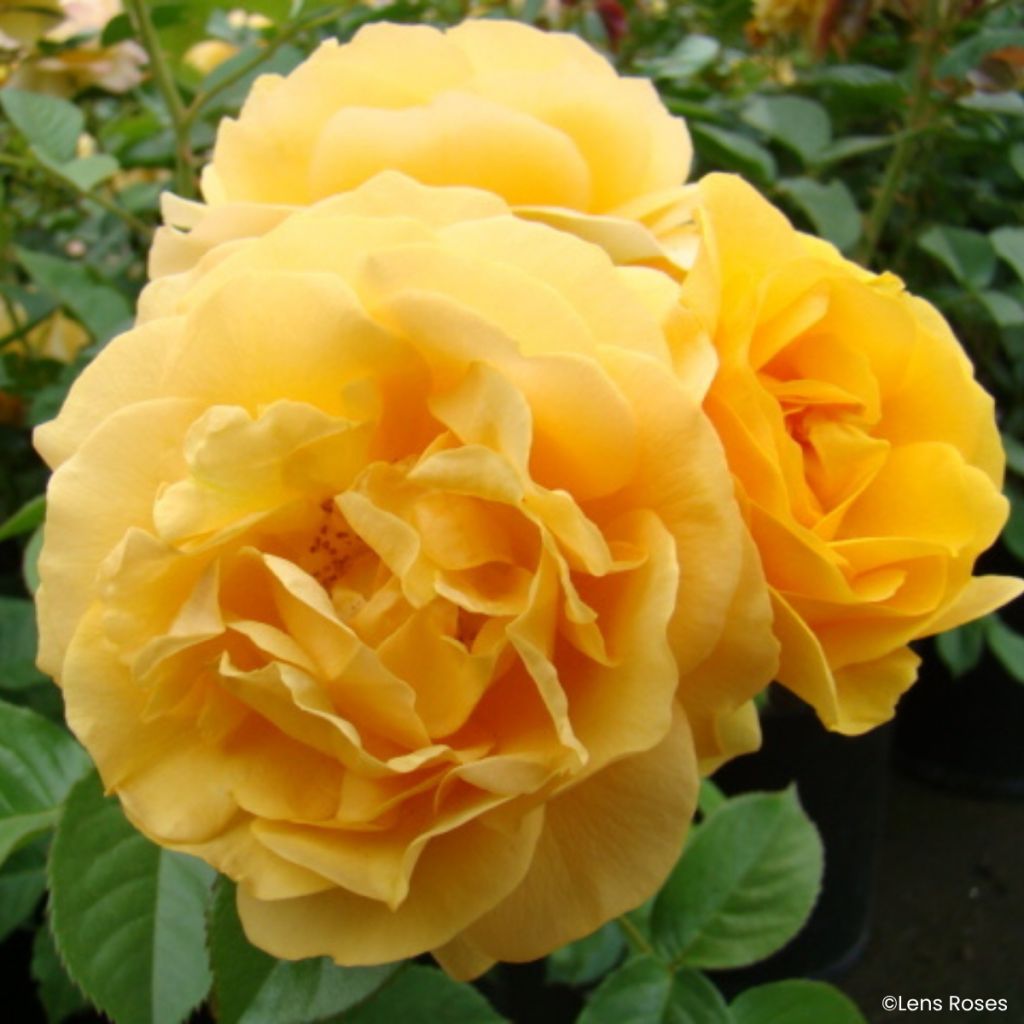

Rosa floribunda Absolutely Fabulous


Rosa floribunda Absolutely Fabulous
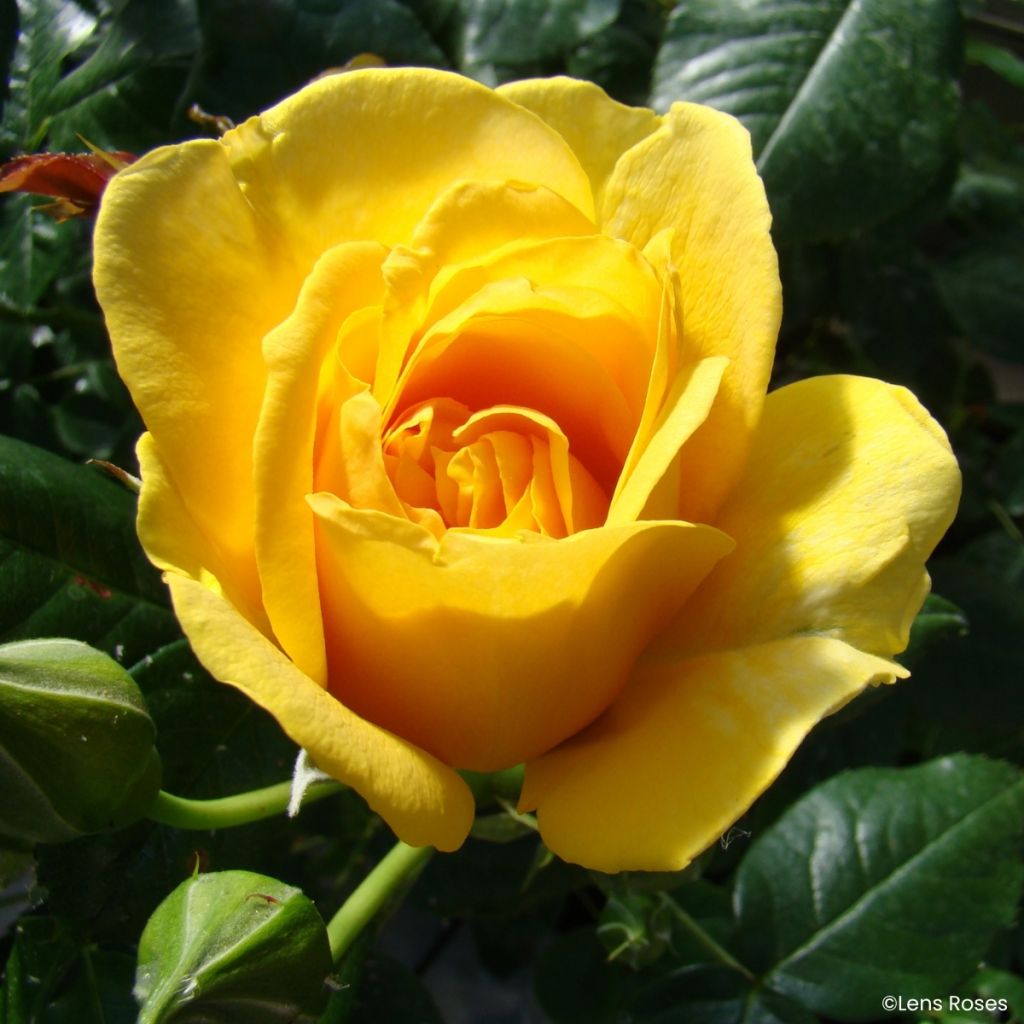

Rosa floribunda Absolutely Fabulous
Rosa floribunda Absolutely Fabulous
Rosa 'Wekvossutono' Absolutely Fabulous
Floribunda Rose
Special offer!
Receive a €20 voucher for any order over €90 (excluding delivery costs, credit notes, and plastic-free options)!
1- Add your favorite plants to your cart.
2- Once you have reached €90, confirm your order (you can even choose the delivery date!).
3- As soon as your order is shipped, you will receive an email containing your voucher code, valid for 3 months (90 days).
Your voucher is unique and can only be used once, for any order with a minimum value of €20, excluding delivery costs.
Can be combined with other current offers, non-divisible and non-refundable.
Home or relay delivery (depending on size and destination)
Schedule delivery date,
and select date in basket
We guarantee the quality of our plants for a full growing cycle, and will replace at our expense any plant that fails to recover under normal climatic and planting conditions.

Description
The 'Absolutely Fabulous' rose, also called 'Julia Child', is a bush that charms with its highly fragrant yellow roses, borne in clusters. It flowers enthusiastically all summer, its growth is naturally compact and it has very good disease resistance. An excellent variety, multiple award-winning, radiating cheerfulness, for the garden or even the terrace. Absolutely must-see!
This rose belongs to the Rosaceae family and the Floribunda group. It was bred by the American hybridiser Tom Carruth (Weeks Roses) in the early 2000s, selected in 2004 and introduced in the United States in 2006 under the name ‘Julia Child’; in the UK and several other countries, it is marketed as 'Absolutely Fabulous'. Its varietal code is 'WEKvossutono'; you may also encounter the commercial names 'Anisade', 'Soul Mate' or 'Jiřina Bohdalová'.
It received the AARS 2006 in the USA, then the title "Rose of the Year" 2010 in the UK and the RHS AGM.
The bush has a bushy, rounded, well-branched habit. It quickly reaches 75 to 100 cm in height with a 60 to 90 cm spread. Its flowering period is from late May/June to October-November. The flowers, gathered in clusters, measure 7 to 10 cm in diameter. They are very double (26–40 petals), in the shape of globular cups, with slightly ruffled petals; their colour is initially a golden yellow with a darker centre, then they fade to a buttery yellow. Their fragrance is pronounced, sweet, characterised by liquorice and myrrh, with hints of anise and clove; it is often noticeable even in cool weather. The deciduous foliage, a shiny dark green, is plentiful. The stems bear prickles. The hardiness of this rose is rated at -20 °C and it has good heat tolerance.
Use this 'Absolutely Fabulous' rosebush to create a large flowering border from June until the frosts, or plant it in groups of 3 specimens in the centre of a small perennial bed. Its yellow tones harmonise with the blue flowering of Nepeta faassenii and Lavender 'Hidcote'. Also pair it with roses of matching or contrasting colours, for example 'Iceberg', 'Sally Holmes' or 'Boscobel' depending on the desired effect. In a small garden, plant it among clumps of Calamintha nepeta for its aromatic foliage and its autumn flowering which attracts pollinators.
In the United States, Julia Child agreed to lend her name to this rose as a nod to the "buttery" hue of the flowers and their spicy fragrance; in the United Kingdom, the chosen name celebrates the popular television series "Absolutely Fabulous".
Rosa floribunda Absolutely Fabulous in pictures
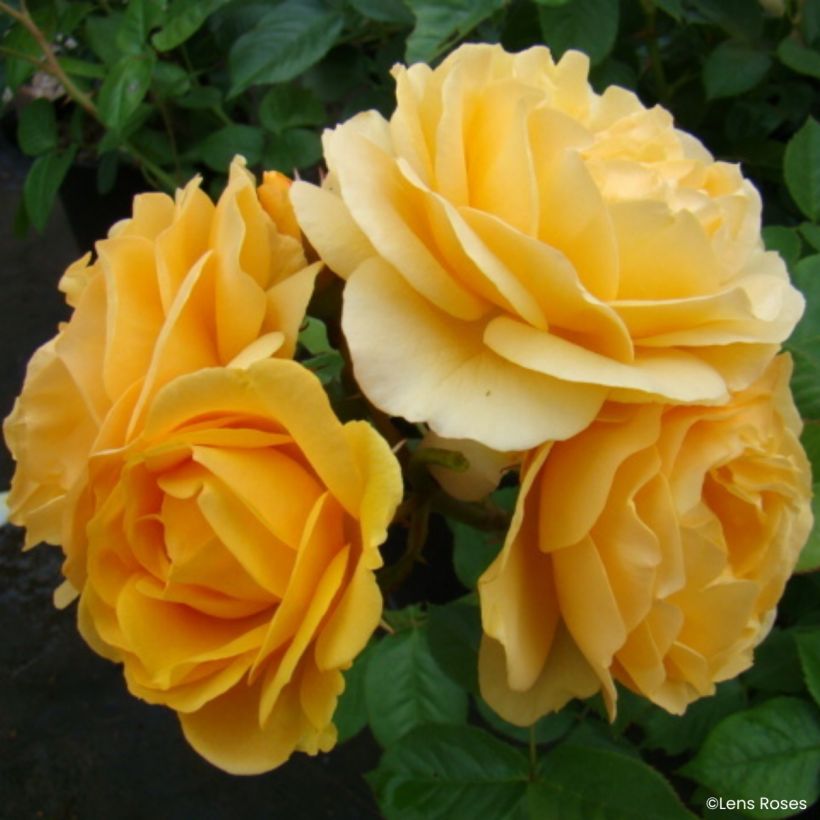

Planting and care
Plant the 'Absolutely Fabulous' floribunda rose from November to March in ordinary, well-loosened and drained soil. Roses favour clay soils, preferring heavy over light ones. In soil that is too sandy, too compact, or too dry in summer, it is preferable to incorporate potting compost, well-rotted manure, or compost at the bottom of the planting hole. However, this rose dislikes waterlogged soil in winter. Position it in a sunny spot, or at a pinch, in partial shade. Roses are hungry plants; applying a specific fertiliser will be beneficial at the start of growth, then regularly throughout the flowering period.
Roses often become spotted or unsightly by late summer, but this is not a problem for their development. These spots are not dangerous for the rose; it is a natural phenomenon. Follow all our advice to remedy this and read our article: Help: I have spots on my roses!
Planting & care advice
This item has not been reviewed yet - be the first to leave a review about it.
Haven't found what you were looking for?
Hardiness is the lowest winter temperature a plant can endure without suffering serious damage or even dying. However, hardiness is affected by location (a sheltered area, such as a patio), protection (winter cover) and soil type (hardiness is improved by well-drained soil).

Photo Sharing Terms & Conditions
In order to encourage gardeners to interact and share their experiences, Promesse de fleurs offers various media enabling content to be uploaded onto its Site - in particular via the ‘Photo sharing’ module.
The User agrees to refrain from:
- Posting any content that is illegal, prejudicial, insulting, racist, inciteful to hatred, revisionist, contrary to public decency, that infringes on privacy or on the privacy rights of third parties, in particular the publicity rights of persons and goods, intellectual property rights, or the right to privacy.
- Submitting content on behalf of a third party;
- Impersonate the identity of a third party and/or publish any personal information about a third party;
In general, the User undertakes to refrain from any unethical behaviour.
All Content (in particular text, comments, files, images, photos, videos, creative works, etc.), which may be subject to property or intellectual property rights, image or other private rights, shall remain the property of the User, subject to the limited rights granted by the terms of the licence granted by Promesse de fleurs as stated below. Users are at liberty to publish or not to publish such Content on the Site, notably via the ‘Photo Sharing’ facility, and accept that this Content shall be made public and freely accessible, notably on the Internet.
Users further acknowledge, undertake to have ,and guarantee that they hold all necessary rights and permissions to publish such material on the Site, in particular with regard to the legislation in force pertaining to any privacy, property, intellectual property, image, or contractual rights, or rights of any other nature. By publishing such Content on the Site, Users acknowledge accepting full liability as publishers of the Content within the meaning of the law, and grant Promesse de fleurs, free of charge, an inclusive, worldwide licence for the said Content for the entire duration of its publication, including all reproduction, representation, up/downloading, displaying, performing, transmission, and storage rights.
Users also grant permission for their name to be linked to the Content and accept that this link may not always be made available.
By engaging in posting material, Users consent to their Content becoming automatically accessible on the Internet, in particular on other sites and/or blogs and/or web pages of the Promesse de fleurs site, including in particular social pages and the Promesse de fleurs catalogue.
Users may secure the removal of entrusted content free of charge by issuing a simple request via our contact form.
The flowering period indicated on our website applies to countries and regions located in USDA zone 8 (France, the United Kingdom, Ireland, the Netherlands, etc.)
It will vary according to where you live:
- In zones 9 to 10 (Italy, Spain, Greece, etc.), flowering will occur about 2 to 4 weeks earlier.
- In zones 6 to 7 (Germany, Poland, Slovenia, and lower mountainous regions), flowering will be delayed by 2 to 3 weeks.
- In zone 5 (Central Europe, Scandinavia), blooming will be delayed by 3 to 5 weeks.
In temperate climates, pruning of spring-flowering shrubs (forsythia, spireas, etc.) should be done just after flowering.
Pruning of summer-flowering shrubs (Indian Lilac, Perovskia, etc.) can be done in winter or spring.
In cold regions as well as with frost-sensitive plants, avoid pruning too early when severe frosts may still occur.
The planting period indicated on our website applies to countries and regions located in USDA zone 8 (France, United Kingdom, Ireland, Netherlands).
It will vary according to where you live:
- In Mediterranean zones (Marseille, Madrid, Milan, etc.), autumn and winter are the best planting periods.
- In continental zones (Strasbourg, Munich, Vienna, etc.), delay planting by 2 to 3 weeks in spring and bring it forward by 2 to 4 weeks in autumn.
- In mountainous regions (the Alps, Pyrenees, Carpathians, etc.), it is best to plant in late spring (May-June) or late summer (August-September).
The harvesting period indicated on our website applies to countries and regions in USDA zone 8 (France, England, Ireland, the Netherlands).
In colder areas (Scandinavia, Poland, Austria...) fruit and vegetable harvests are likely to be delayed by 3-4 weeks.
In warmer areas (Italy, Spain, Greece, etc.), harvesting will probably take place earlier, depending on weather conditions.
The sowing periods indicated on our website apply to countries and regions within USDA Zone 8 (France, UK, Ireland, Netherlands).
In colder areas (Scandinavia, Poland, Austria...), delay any outdoor sowing by 3-4 weeks, or sow under glass.
In warmer climes (Italy, Spain, Greece, etc.), bring outdoor sowing forward by a few weeks.

































